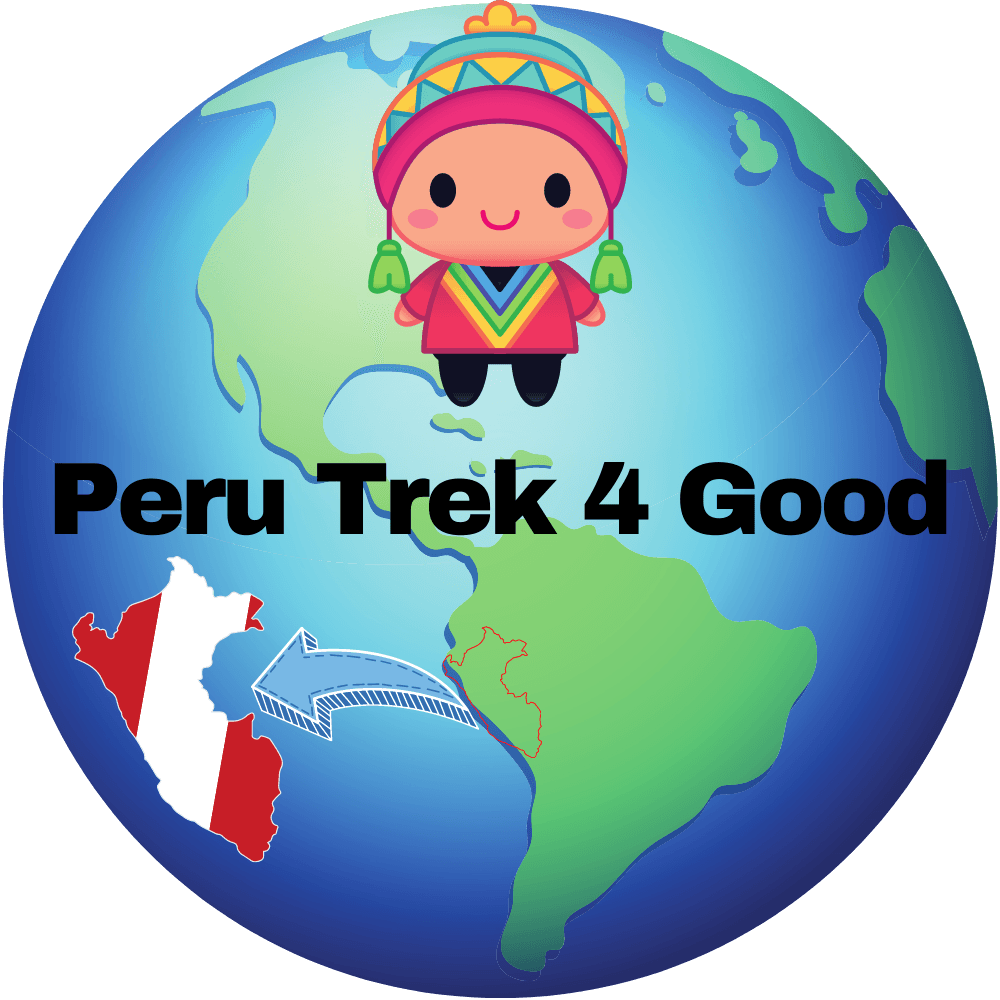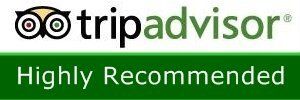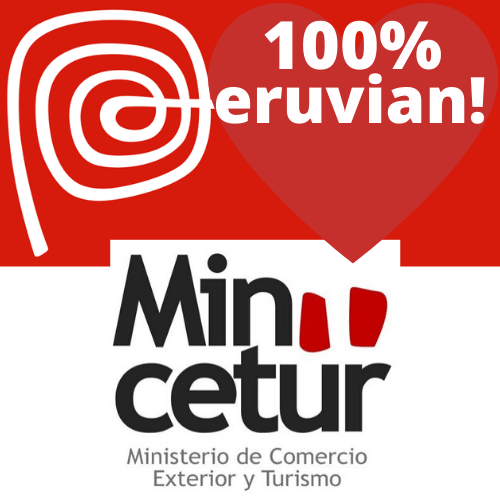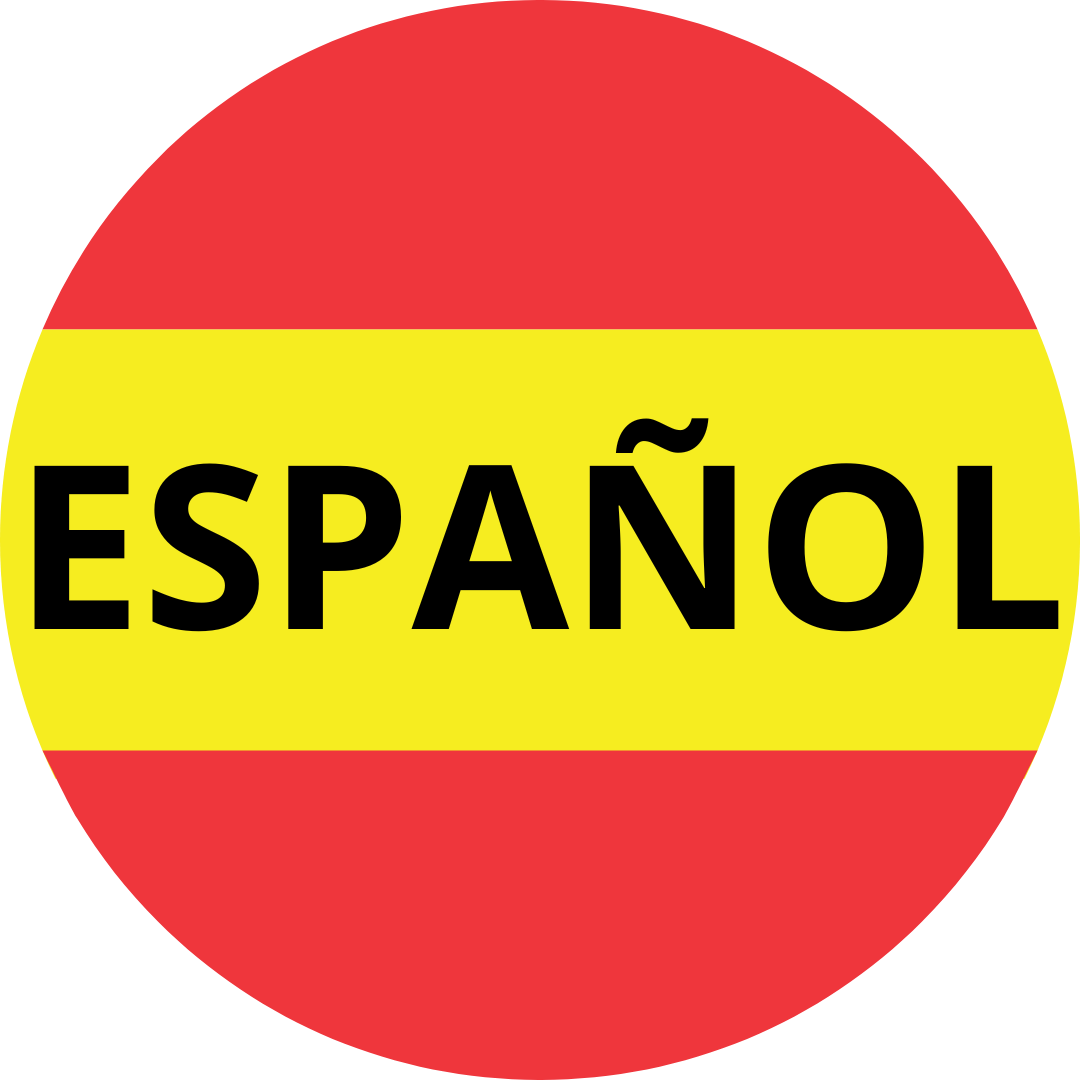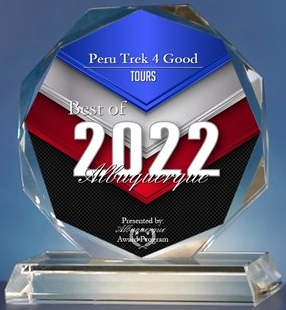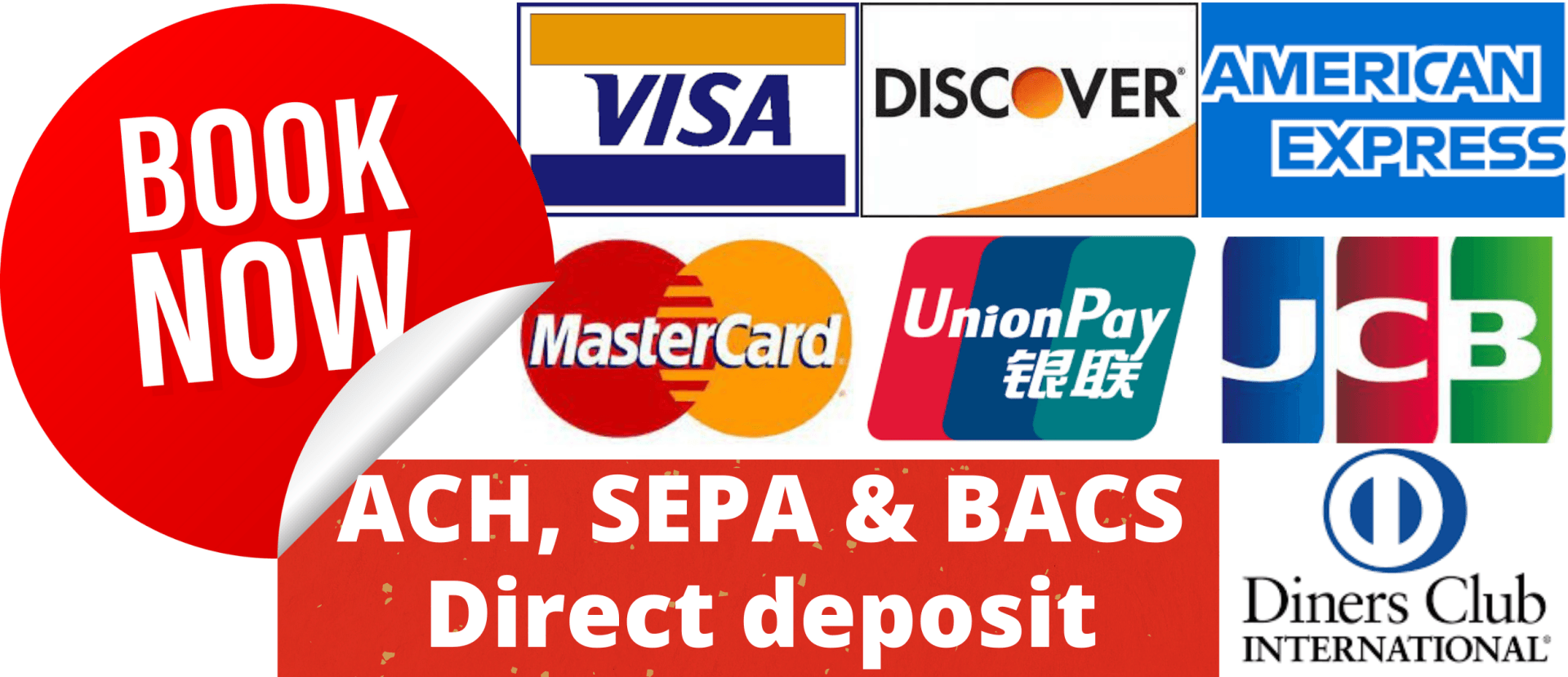FREQUENTLY ASKED QUESTIONS ABOUT PERU & YOUR TRIP/TREK
Our recommendation is to print out the pages. It's a lot to digest in one setting and you want to give this your full attention.
Please remember that we are always available to respond by e-mail (yure_c@yahoo.com or perutrek4good@gmail.com ) to all your questions.
For any emergency you can always contact us at the next telephones:
Peru code: +51
Mobiles/WhatsApp): +51 958312783 & +51 984625267
- To call from other country dial: Peru’s code + number
- Skype: yurechavezperu
CHAT WITH US: You can also CONSULT with us using the WhatsApp Icon to the lower left or the ONLINE CHAT using the box to the lower right
1. AIRPORT & ARRIVAL in LIMA
2. TIME ZONE, PHONING HOME & INTERNET
3. CURRENCY
4. ALTITUDE
5. FOOD
6. SHOTS/VACCINATIONS
7. VISAS / PASSPORTS / CUSTOMS
8. LANGUAGE
9. HEALTH, SAFETY ISSUES & TRAVEL INSURANCE
10. WHAT TO PACK, DON’T FORGET TO BRING:
- TRAIN TO MACHUPICCHU & LUGGAGE
- AMAZON RAIN FOREST GEAR
11. POLITICAL UPDATE
12. WEATHER
13. GIFTS & DONATIONS
14. HOW DOES TIPPING WORK?
15. THINGS YOU SHOULD DO
16. WHAT ARE OUR PACKAGES
17. DO YOU ARRANGE INTERNATIONAL TRAVEL AIRLINES? / WHERE DO I FLY? / RECOMMENDED AIRLINES
18. HOW DO I JOIN ONE OF YOUR TOURS, HOW DO YOU WORK, HOW DO I BOOK & HOW DO I PAY
19. MINIMUM NUMBER OF TRAVELERS IN A GROUP THAT WE ARRANGE
20. WHAT HOTEL STANDARD DO YOU USE?
1. AIRPORT / ARRIVAL
Lima’s “Jorge Chavez” Airport is where your flight from the USA OR EUROPE will arrive. It’s a busy airport, but not an enormous one. Most of the crowds will be on the outside looking in, watching for arriving friends and family.
Our staff will be waiting for you with a SIGN with your name
Disembarkation
- In international flights to enter Peruvian territory the passengers must present the airline, in their country of origin:
- Peruvians, resident foreigners and non-resident foreigners aged 12 years and over, whose final destination is the national territory, as passengers and regardless of the country of origin, must prove that they have completed the dose of vaccine against COVID-19, fourteen (14) days before boarding at your point of origin; failing that, they can present a negative molecular test with a result date of no more than 72 hours before embroidering at their point of origin. Children under twelve only need to be asymptomatic to board. Those people who show symptoms when entering the national territory enter mandatory isolation, according to the regulations on the matter.
- The entry into the national territory of non-resident foreigners from the Republic of South Africa, or who have made a layover in this place in the last fourteen (14) calendar days, are suspended until November 14, 2021.
- Peruvians and resident foreigners who enter the national territory from the Republic of South Africa, or who have made a layover in this place, will carry out mandatory quarantine at their home, housing or other temporary isolation center for a period of fourteen (14) days calendar, counted from the arrival to the national territory.
- If you have had the disease, you must present a health document from the country of origin proving that you have been discharged from the COVID-19 in the period of up to 3 months prior to travel.
- The “Health Electronic Sworn Statement, and commitment to carry out the traveler’s isolation or quarantine”, which can be found in the National Superintendence of Migrations webpage.
- Both previously mentioned documents must be kept as they can also be requested in Peruvian territory
- The passengers of international flights must communicate the health authorities of their jurisdiction if they present symptoms, within 14 days from their arrival to the country.
- The non-compliance regarding the use of the face mask or the instructions given by the airlines, the airport, or others, can result in boarding cancellation or it can be a reason to reject the boarding of a passenger to Perú.
2. TIME ZONE / PHONING HOME / INTERNET CONNECTION
All of Peru is 2 hours ahead of West Coast time; 1 hour behind the East Coast.
The Peruvian telephone system was privatized several years ago and bought by a Spanish firm which has substantially improved the service. If you’d like to phone back to the U.S., it is best to check with the front desk of our hotel to find out how. Although previously phone calls had to be “ordered” (i.e., calling the operator to request a call, and then waiting minutes or hours for it to be placed through), now you can generally dial direct from all over Peru. Phone calls are not included in the trip price, so please make sure to settle your hotel phone bill before you leave.
The Peruvian country code is 51. To call a Peruvian number from overseas, dial the international access code (011 in the USA), followed by the country code, followed by the number.
Most foreign smartphones work in the region if you have an international calling and data plan. Coverage is quite good in cities and some rural areas, including Machu Picchu. If your phone is unlocked we can buy a local SIM card for you; which will work for use while traveling. If you wish for your convenience, we can provide a simple mobile phone to use for the duration of your stay.
Internet is always available and normally free at all the hotels we use
3. CURRENCY
Peru’s currency is the “Nuevo Sol” (literally, new sun), but people use the term sol for one, and soles for more than one. The rate changes daily, but it is currently worth about 3.8 to the dollar. There is also a change counter and ATM in the Lima airport terminal, and several in Cusco. In a pinch, however, U.S. dollars are acceptable (bring singles for tipping until you can change money)
We recommend exchanging US$$ in Peru and for security reasons we highly recommend you use ATM machines in airports and hotels rather than on the street. Traveler’s checks are not popular and often only cashed in banks, in local currency (Nuevo Soles).
We recommend that you always carry local currency. Although larger establishments may accept dollars, sometimes they will not, or you may wish to buy something in a shop that cannot accept dollars. Visa, Mastercard and American Express are generally accepted, although Visa is more widely accepted. When making purchases with a credit card, you may have to pay a 5-10% surcharge and may have to present your passport to make the purchase. You’ll find most prices far lower in Peru than in the USA.
Unfortunately, forged notes (both dollars and local currency) abound in some countries in the region, so be sure to examine your notes by feeling their texture and looking for watermarks. When traveling with us your guide or a representative can assist you if you are concerned that a bill may be false.
7. VISAS / PASSPORTS / CUSTOMS
For the short stay you’ll have in Peru, Just few countries need a visa is required, as long as you have a valid passport.
Citizens of most Western Europe nations and of the USA and Canada who are entering Peru as tourists do not require visas. Americans need a visa for Bolivia, but not for Ecuador. Travelers who require visas can normally obtain them from embassies or consulates in their countries of residence. For specific and timely information please contact the nearest Consulate of the particular country to which you are planning to travel.
When you arrive, you’ll be given a tourist card to fill out along with a customs declaration. The Immigration office your first stop within the airport in Lima will hand a small card back to you. You MUST take good care of this card, which is required to be shown for hotels and upon your departure from Peru. Please hold onto this: it is important to have upon departure from Peru. My recommendation is to bring a paper clip along, to attach it inside your passport.
I also recommend making a photocopy of your passport to bring to Peru (of the main, two-page spread which includes your photo). There are cases where you’ll need to carry identification (such as for changing money at the bank), where a copy of the passport is sufficient.
Once at the hotel’s, it is a good idea to put your passports and airplane tickets in the hotel safe.
8. LANGUAGE
Spanish is spoken in Peru & Bolivia, but in many parts of the Andes you’ll hear Quechua, the language of the Incas.
Throughout the trip you’ll be with a local guide or representative who speaks English Quechua and Spanish. Nonetheless, any words you can learn on your own in Spanish may help you have a richer experience in Peru. Quechua is completely unlike either English or Spanish, and you’ll begin to recognize common words during our stay. It was the language of the Incas and was spoken throughout their vast empire.
9. HEALTH, SAFETY ISSUES & TRAVEL INSURANCE
Two issues are important to consider when it comes to your enjoyment of the adventure: health and safety.
The biggest threats to your health – altitude sickness (soroche) and feeling ill from bad water – can be handled with some conscious thought and attention.
As for your personal safety, there is absolutely nothing to fear in terms of terrorism or political violence for us in Peru. However, while Peru tends to overestimate these concerns, we sometimes underestimate more mundane issues such as pick pocketing and petty theft. Neither is especially high in Cusco, Puno, Arequipa, Machupicchu , etc or the Rain forest area, but please it is worth paying attention to in Lima.
My first recommendation is not to bring anything to Peru that you couldn’t bear to lose. Expensive jewelry is neither necessary nor appropriate in the places we’ll be going to.
Second, use a money belt for essential items such as passports and large dollar denominations. A funny pack is better than nothing, but not as effective as something inside the waist of your pants or underneath your shirt.
Third, clothing that with pockets that can close with Velcro, a zipper or a button mean you can walk without having to worry about valuables falling out or being snatched.
We strongly recommend you take travel and health insurance in your country prior to your trip. Ideally this should cover you from expenses incurred due to flight cancellations, theft, lost luggage and general cancellation by you in the event that you are unable to carry out your trip due to illness or unforeseen circumstances. It should also cover you for potential medical expenses incurred during travel in case of illness or accident.
10. WHAT TO PACK, DON’T FORGET TO BRING:
In order to know what to bring, you of course need to know what weather to expect so please read below.
You should dress comfortably for an active week. Long pants are essential for Cusco, Puno and Bolivia evenings, but shorts are a lot easier for trail days. To save space, consider the hiking pants that can be zipped off at the thigh, allowing you to adjust during the day on the trail. Those with zippered, velcro or buttoned pockets add to your security too. Likewise shirts/blouses that have some pockets with long sleeves that can be rolled up will work for high altitudes, where temperatures can change quickly. A fleece on top should be more than enough for the hikes, and can be complemented with a Peruvian sweater in Cusco in case it gets colder than expected there.
In Peru & Bolivia: you’ll find that your clean clothes are more than formal enough for any evening occasions you may partake in.
Most important, as Forrest Gump might say, is comfortable footwear. Go for strong, sturdy and supportive walking shoes/hiking boots. Even if you’re not walking the length of the Inca trail, Cusco is a city of cobblestone streets. It is up to you if you’d like to bring a nicer pairs of shoes for other times, but the truth is, the city’s restaurants are quite used to “Hiker Fashion.”
To make sure you have an enjoyable trip, we have organized the following list of items you should remember to bring with you. We have arranged the list in order of importance, however, each member may have very many different needs, so don’t count on this to be your ultimate list.
“Must Have” items
Valid passport (must be valid for at least the duration of your trip), Return tickets, Credit cards: Visa, American, Dinners, etc, Health documents (i.e., proof of vaccinations; only if you have them), Health, accident & Travel insurance. Not included in our trips but they are Highly Recommended, Dictionary/Electronic translator, Pen, yes a pen!
Clothing
Belt, Hiking Boots (Gore-Tex), Hat, Rain Poncho, Light raincoat or jacket (Gore-Tex), Long-sleeve shirts/pants (these may come in handy to prevent excessive mosquito biting and other unpleasant encounters with nature), Pouches (waist/leg) for document safekeeping, Sandals, Shoes/sneakers, Shorts, Socks, Warm Sweater (can get chilly in the evening due to altitude), T-Shirts, Underwear, Bathing suit
Health kit and other trip essentials
Mosquito repellent, Advil/Aspirine, Band-aids, Hands Sanitizer, Contact lenses/solution, Deodorant, Hairbrush/comb
Lip balm, Lotion, Nail clippers/pocket knife, Prescription glasses, Q-tips/cotton balls, Shaving kit, Sunglasses, Sunscreen, Toothbrush/paste/dental floss.
Other equipment
Walking sticks with rubber tips (if you need them to hike), AC Adaptors (we use 220V), Backpack to carry your gear on the Inca Trail.
For all our private treks or if you will hire a personal porter we will provide 1 duffel bag per person for your own gear
Daypack: To carry cameras, water, snacks, etc for the tours and the trek, Light camping towel, Warm Sleeping bags & Camping pillow for the treks, Light Filter for water or pills, Batteries, Binoculars, specially of you are visiting the rain forest, Camera, charger, adaptor/cable to download pictures, etc, Compass, Flashlight, Lighter/matches, Locks, Travel clock/watch
TRAIN TO MACHUPICCHU & LUGGAGE:
- For the train passengers must have their tickets and ID (original or photocopy) in hand.
- In order to guarantee safe and punctual operations, passengers must take only the necessary luggage for the full day tours or overnight at Machu Picchu.
- The Train Company will not accept big luggage or carry-on which size or weight exceed the measures defined bellow.
- Blocking exists is prohibited by law and will seriously affect the safety of passengers on board (bus or train).
Carry-on Baggage Allowance / Each passenger may take
- 1 bag or backpack
- Weight: 05 kg / 11 pounds
- Size: 62 inches/157 cm (length + height + width)
Baggage that exceed the measures will not the allowed
YOU WILL HAVE TO LEAVE THE REST OF YOUR LUGGAGE FOR FREE IN THE STORAGE ROOM AT THE HOTEL IN CUSCO.
FOR THE AMAZON RAIN FOREST TRIP WE RECOMMEND: You will leave the rest of the luggage in the office in Maldonado
• 1 Light Rain Jacket or a fleece. • Good binoculars. • Rain suit or long poncho (100 % waterproof). • Your passport. • Insect repellent Skin-so-soft on river/20% + deet for forest. • A bright flashlight. • A bottle or canteen to carry water on outings. • Two or three pairs of long cotton pants. • Sunglasses. • Four pairs of absorbent socks. • A pair of sneakers, hiking boots and sandals. • Two or three long-sleeved cotton shirts. • A hat that will not come off in windy boat rides. • Two or three T-shirts. • Camcorder or Digital Camera. • One pair of shorts. • Rubber boots (you can buy them in Maldonado or Cusco). • Personal toiletries and medications • Sunscreen lotion (high factor). • Bring some cash for souvenirs, alcoholic beverages and tips.
We suggest you pack all items in plastic bags to protect them from water.
Important: Though we have never heard of anyone contracting yellow fever anywhere in Peru or neighboring countries Peru nevertheless requires a current yellow fever vaccination for trips to the rain forest regions. This vaccination normally is required or recommended for all rain forest regions around the world. This vaccination, which is valid for 10 years, must be administered AT LEAST 10 days before the guest’s arrival in Peru.
11. POLITICAL UPDATE
Having democratically elected Pedro Castillo, Peru is probably in the best political shape in the past twenty years. The terrorist movements were crushed in the early 90's by Pres. Fujimori, but he in turn became a corrupt leader. Some years ago, he took refuge in Japan, claiming Japanese citizenship, now he is in jail in Peru.
12. WEATHER
Peru has a diversity of microclimates:
In Lima and along the rest of the coast there is little to no precipitation. It is humid and can be chillier and overcast at times between May and October. Average daytime temperatures are 23-28º C / 74-82º F and night time temperatures: 12-18º C / 54-64º F.
In the Mountains and Highlands it is dry season from April to November with daytime temperatures of 18-25º C / 65-77º F and nighttime temperatures of -5-5º C / 23-41º F. During rainy season from December to March daytime temperatures are 20-26º C / 68-79º F and nighttime temperatures: 0-10º C / 32-50 º F. The highest chance of rain is usually in late January and February.
In the Rainforest the dry and rainy seasons are the same as the mountains and highlands however the temperature is higher and about the same year round, with an average temperature of 21-30º C / 70-86º F.
13. GIFTS & DONATIONS:
During the tours you will see and meet many locals, especially kids, and it is always nice to bring for them some gifts like: Pencils, pens, crayons, note books, toys, used clothes, shoes, lap tops, etc, etc. FOR OUR MEDICAL TREKS, WE ALSO NEED ALL KINDS OF MEDICAL SUPPLIES, MEDICINES, VITAMINS, ETC, ETC. Anything that you could bring will be very welcome!!!
If you would like to help with our social projects, we are in need of couriers to help us deliver Donations/Items to Peru. Please let me know if you can bring an extra bag on your next trip.
Every year some of our clients and friends bring gifts/donations which we collect and when having enough we deliver them in a poor area in Cusco or in a poor village in the countryside. We also support poor Schools and Kinder Gardens with volunteers and donations.
You can read more about our projects and see some pictures at the next links:
- Christmas Chocolatada:
https://www.facebook.com/media/set/?set=a.274029606077926.1073741832.210949899052564&type=3
- Peluches para Peru
https://www.facebook.com/peluchesparaperu?ref=hl
- Delivering School Supplies:
https://www.facebook.com/media/set/?set=a.10152478768870559.1073741827.28712155558&type=3
14. HOW DOES TIPPING WORK?
People that work in tourism are used and live on tips so please you should tip.
Tips are entirely at your discretion. It is best to leave a tip in cash.
Tipping in Restaurants:
You may tip 10%, but it is totally discretionary. Credit cards are widely accepted in smarter restaurants.
Tipping during Treks and Other Excursions: Our recommendation is based on our experience
Conventional (vehicle based visit)
Tip for a guide per day for a group of 2 passengers: $20
Tip for a driver per day for a group of 2 passengers: $10
Tip for a guide per day for a group of 4+ passengers: $20-$40
Tip for a driver per day for a group of 4+ passengers: $10-$20
Trekking or other adventure travel
Tip for a guide per day for a group of 2 passengers: $20
Tip for cook per day for a group of 2 passengers: $5-$8
Tip per day for each member of support staff (porters) for a group of 2 passengers: $3-$5
Tip for a guide per day for a group of 4+ passengers: $20-$40
Tip for cook per day for a group of 4+passengers: $8-$12
Tip per day for each member of support staff (porters) for a group of 4+ passengers: $5-$8
15. THINGS YOU SHOULD DO
1. Get in shape! The better health you are in before arriving, the easier the walking will be on the trail. There’s so much to see in Cusco—and so much more to explore at Machupicchu, that you’ll want as much energy as possible.
2. Check your Passport. If you need a new one, get started now. If you don’t, make two photocopies of the main pages.
3. Take note of your diet and how being in a different country with food choices. Consider multi-vitamins, digestive enzymes and other supplements. Also consider just I case buying Imodium or other anti-diarrheals.
4. Practice packing. As you’ve heard a dozen times, less is more. But especially in Cusco, where there are lots of interesting things to buy, you’ll want room for things to bring back (especially an alpaca or wool sweater which is inexpensive, but sometimes bulky!). Leave behind things that are so valuable that you couldn’t stand to lose them.
16. WHAT ARE OUR PACKAGES
These are samples of the most successful trips we have organized during the last five years. They are aimed at inspiring you and assisting you in creating your own trip .
17. DO YOU ARRANGE INTERNATIONAL TRAVEL AIRLINES? / WHERE DO I FLY? / RECOMMENDED AIRLINES
No we don't. We don't sell tickets originating in countries outside Peru. We will handle everything once you are on the ground - domestic flights (optional: Usually it is cheaper if you book your own on line, recommended companies: LATAM, AVIANCA, STAR PERU, PERUVIAN AIRLINES, LC PERU), transportation, transfers, train and boat trips, etc.
All the international flights arrive and leave to and from Lima (the capital).
Depending on where you are flying from, the choices will differ. But from experience, if you are flying from Europe, Iberia and KLM offer many departures to South America and good fares. British Airways has a direct flight from London to Lima. Avianca (Colombia) and LATAM (Chile) also offer good fares and connections.
From the USA: American, United, Continental, Delta, JetBlue and LATAM have frequent flights to and from Lima - Peru.
18. HOW DO I JOIN ONE OF YOUR TOURS, HOW DO YOU WORK, HOW DO I BOOK, HOW DO I PAY?
You first approach us by email or phone. Let us know what you want: how many people in your party, approximately what time of year you want to travel, what standard of accommodation you require and more or less where your interests: if you want to trek, just do day hikes, if you are into nature, culture, archaeology etc. or, if you know your preferred destinations already, you can tell us exactly where you want to go. We will contact you within 48 hours and will then put together a proposal, which we will send you within 2-3 days of your request. We will discuss this with you as long as it takes until we have designed the perfect itinerary for you.
Please note that, we have to pay for all the hotels, tickets, permits, etc ASAP before your arrival, so you should even pay 100% of the cost of the trip, but we are flexible on this and we only request:
To reconfirm and book your trip and all the services we will need each of you to send deposits:
The 1st deposit = 20 - 40% of the price ASAP
Balance = 2 months before your arrival
To send the deposits you have the next most convenient and cheapest option: They are not negotiable
- Deposit/wire to a saving account, but there is a 3% charge (bank’s international fees to have the deposit in Peru)
- If you want to use a credit card (visa, american, mastercard, etc) or paypal; there will be about 6% charge over the deposit (bank commissions & fees, not ours)
1-2 weeks before departure we e-mail your final itinerary with all services accommodation, etc confirmed and we will request the full payment.
19. MINIMUM NUMBER OF TRAVELERS IN A GROUP THAT WE ARRANGE
Our prices are base on a minimum of 2 guests in double occupancy, if you are a solo traveler you must pay the single supplement. If you want a custom trip we will be happy designing and implement itineraries for as little as one person at a time. We have many clients who prefer to travel alone.
20. WHAT HOTEL STANDARD DO YOU USE?
We have a selection of hotels to choose offering a range of standards.
For the affordable trips; our prices are based on good value hotels, but please note that for any package we can upgrade and use any other you wish: 4 star, 5 star, the most expensive rooms, etc.
We have visited and tried every single one of the hotels we recommend. The standard depends on you, whether you want first class, medium or guest house standard, home staying. All of the hotels we have in our selection offer good value for money, are locally inspired and/or owned (wherever possible)
